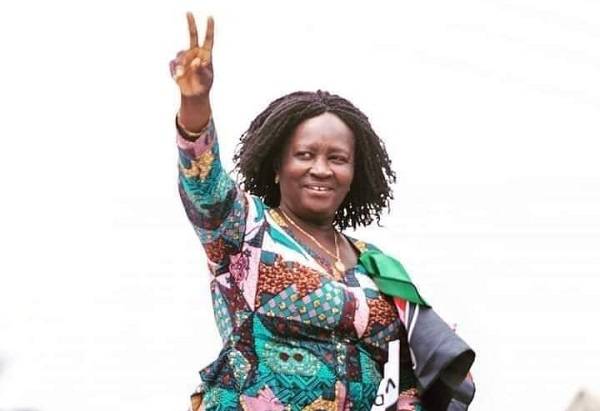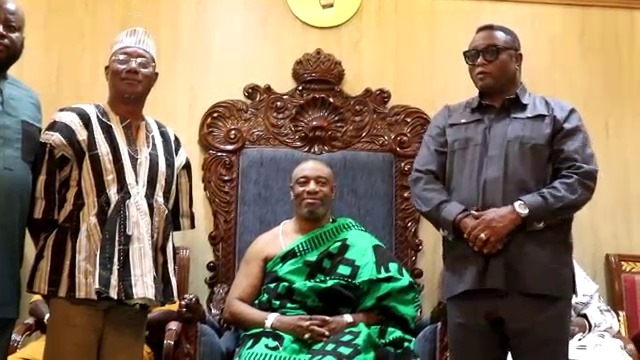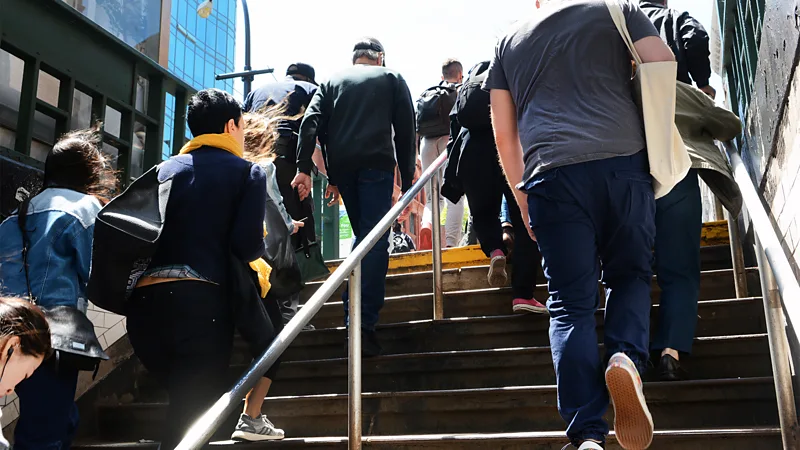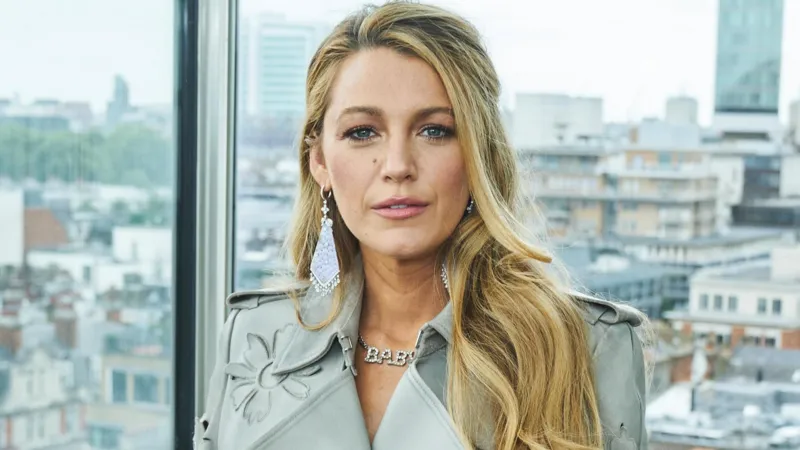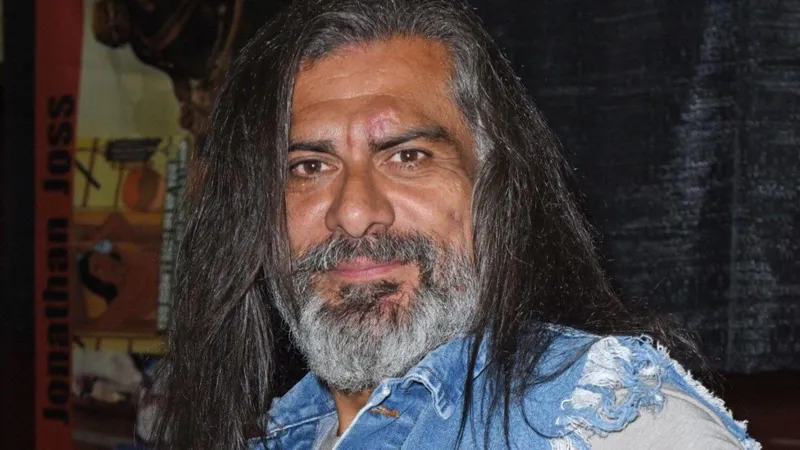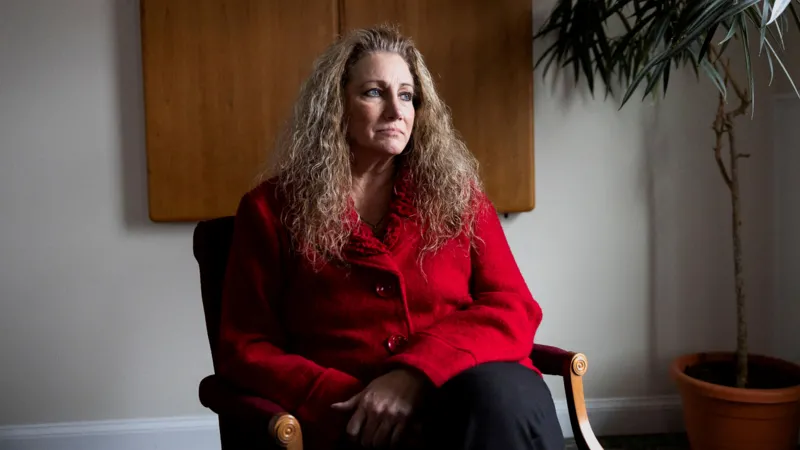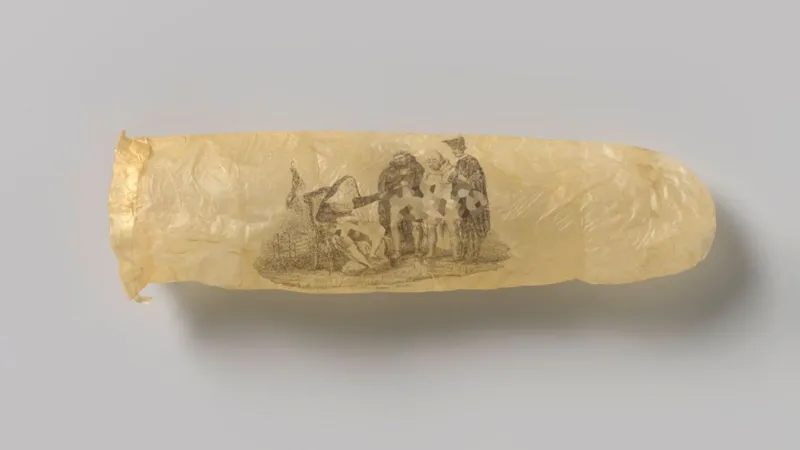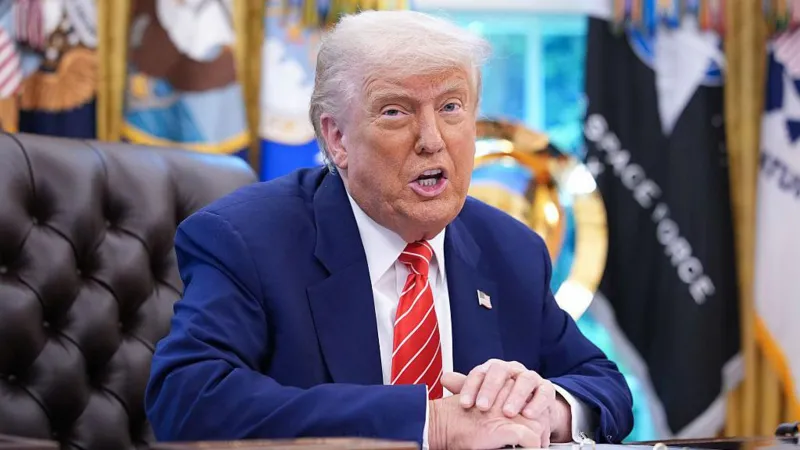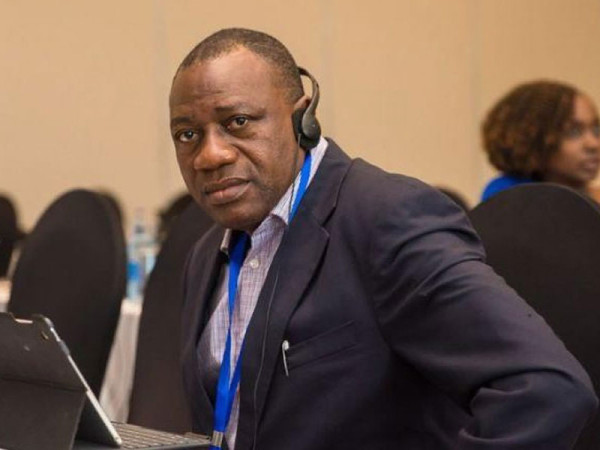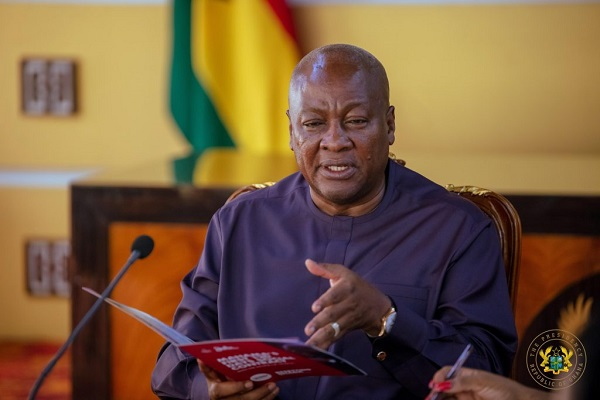African Development Bank: The eight presidents who built the AfDB

Efficiency, the role on non-negotiable stakeholders, global visibility... As Akinwumi Adesina prepares to step down as the head of AfDB at the end of May, we revisit the legacy left by his predecessors in building this pan-African institution.
The countdown has begun. At the African Development Bank’s (AfDB) upcoming annual meetings on 26-30 May in Abidjan, Côte d’Ivoire, the name of Akinwumi Adesina’s successor will finally be known. He or she – one of the five official candidates is a woman – will be the ninth African to head the institution, founded in 1964 and a fixture on the continent.
The AfDB under Adesina, at the helm since 2015, has focused on three main areas: funding infrastructure to spur development, providing emergency support during crises such as the Covid-19 pandemic, and increasing Africa’s global clout.
It was not always so. The first four presidents, leading a fledgling institution, concentrated on building up its operations and financial resources. This proved challenging due to divisions among member countries and an often difficult international climate. None of the presidents served more than a single five-year term.
A new era began in 1985, marked by stability and international reach. Babacar N’diaye of Senegal was the first to serve two consecutive terms, a precedent followed ever since, as successive leaders have worked to raise the bank’s profile abroad.
While Adesina’s successor remains unknown, the institution’s history sheds light on how the upcoming election could unfold.
- Should Bajabulile Swazi Tshabalala of South Africa win, she would become the first woman to lead the AfDB.
- Since 1964, the unwritten rule of rotating the president’s nationality has held firm – past presidents have come from Sudan, Tunisia, Ghana, Zambia, Senegal, Morocco, Rwanda and Nigeria.
- Despite the regular change of leadership, there has been continuity. Successors have often carried forward the work of their predecessors – and reaped the benefits.
The Africa Report looks back at what each president brought to the institution.
Mamoun Beheiry, the pioneer (1964-1970)

Sudan’s Mamoun Beheiry was no surprise choice as the AfDB’s first president. An Oxford-trained specialist in philosophy, politics and economics, he was the first governor of Sudan’s central bank and later finance minister.
He led the technical groundwork for the bank’s creation and was elected president at the inaugural general meeting in November 1964. With just 10 staff and a capital base of $300m, the bank began operations with two loans – one to build a road in Kenya, the other to support the launch of the National Development Bank in Sierra Leone. The foundations had been laid.
Abdelwahab Labidi, the interim who stayed (1970-1976)


Tunisian Abdelwahab Labidi took over amid division in the board and Beheiry’s resignation. Initially acting president from January to August 1970, he was elected to a full five-year term and extended for another year in 1975 over the lack of agreement on a successor.
Despite these rocky circumstances, not least the oil shock of 1973, he chalked up some real achievements. Chief among them was the bank’s first capital increase, doubling it to $600m. He also oversaw the creation, in 1972, of the African Development Fund, aimed at the continent’s most vulnerable economies.
Kwame Donkor Fordwor, champion of the non-regionals (1976-1979)


Though his term was short – just three years – Ghana’s Kwame Donkor Fordwor left his mark. He pushed through the opening of the bank to non-African shareholders, a move heavily criticised at the time and one that ultimately cost him his job.
Critics feared the bank would lose its African identity, but Fordwor argued the reform was essential to increase its capital and firepower. It also paved the way for the AfDB to tap into international markets. He resigned under pressure, leaving interim leadership to Malawi’s Goodalé Gondwé for a year, but the bank’s financial framework today still owes much to Fordwor.
Wila D’Israeli Mung’Omba, the triple-A president (1980-1985)


A lawyer, banker and politician, Zambia’s Wila D’Israeli Mung’Omba carried forward Fordwor’s reforms. In 1982, non-regional shareholders formally joined the bank’s capital. By 1983, 17 of them, including the US, were attending annual meetings. A further capital hike allowed the bank to secure AAA ratings from Moody’s and Fitch in 1984, opening the door to global capital markets. Alongside financial reform, Mung’Omba steered investment towards agriculture to combat hunger and famine.
Babacar N’diaye, AfDB stalwart and Afreximbank’s founding father (1985-1995)


Born to a Senegalese-Guinean family and trained in France, Ndiaye was the first to serve two full terms. Having joined the AfDB in 1965, he rose through the ranks to lead it – an unmatched career within the institution. His tenure saw two landmark developments: first, a 200% capital increase in 1987, bringing the total to $25bn; second, the creation of Afreximbank, reflecting his belief that Africa needed a trade-focused institution.
His final years were overshadowed by a continent-wide downturn – falling commodity prices, the 1994 CFA franc devaluation and mounting debt took their toll. In 1995, Standard & Poor’s downgraded the bank’s sovereign rating, stripping it of its prized AAA.
Omar Kabbaj, the tough reformer (1995-2005)


After 14 rounds of voting and intense behind-the-scenes haggling between regional and non-regional members, Morocco’s Omar Kabbaj was elected with a clear mandate: restructure. He slashed headcount, closed regional offices, imposed tighter controls, upgraded IT systems and demanded higher standards in recruitment. Efficiency and transparency were his watchwords.
Kabbaj built the Formula One car. His successors just drove it
Known internally as “O Kab”, he brooked no nonsense. Meetings he chaired took place in what staff nicknamed “the gas chamber”. But it worked. The bank regained its AAA rating from S&P in 2003. The same year, due to Côte d’Ivoire’s political turmoil, the AfDB relocated to Tunisia without missing a beat. In 2004, it posted a record $2.7bn in disbursements. “Kabbaj built the Formula One car. His successors just drove it,” said one insider.
Donald Kaberuka, the global face (2005-2015)


Credited with Rwanda’s economic revival, Donald Kaberuka, former finance minister under President Paul Kagame, took charge in calmer times. With internal reforms largely complete, he focused on making the bank more visible. He pushed for decentralisation and raised the AfDB’s global profile. After the 2008 financial crisis, “D Kab”, as he’s known in-house, championed a swift, large-scale response. In 2009, the bank mobilised a record $12.6bn.
His legacy also includes tripling the bank’s capital to $100bn in 2010, launching Africa50 in 2013 to fast-track infrastructure funding, and steering the return to Abidjan in 2014. For many, Kaberuka made the AfDB a top-tier development partner and a serious player on the international stage.
Akinwumi Adesina, the visibility president (2015-2025)


Now in its final weeks, Adesina’s presidency has taken the AfDB to new heights of visibility – he unveiled plans for a gleaming new headquarters in Abidjan in late 2024. This owes as much to the Nigerian’s charisma – he is rarely seen without his pinstripe suit and bow tie – as to the bank’s growing influence.
The bank’s capital has more than doubled since 2019. With his “High 5” slogan, the former agriculture minister gave the bank a clear pitch and sharpened its focus, especially through the Africa Investment Forum, which helped unlock new funding sources and speed up project approvals and disbursements.
Beyond innovation in financial tools, the bank has cemented its international standing, especially at the G20, among the BRICS+ and in climate talks. Adesina’s activism also paid off in the push to reform the global financial architecture – he secured a share of the IMF’s reallocated Special Drawing Rights for the AfDB.
Source: theafricareport.com


